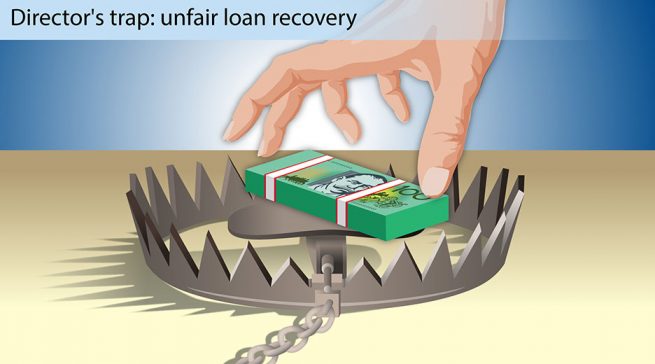
How Can a Liquidator Recover ‘Unfair Loans’?
An important task for a liquidator, once appointed, is to see whether there are any transactions of the company that are ‘voidable’, and can be clawed back for the purposes of distribution to creditors.

An important task for a liquidator, once appointed, is to see whether there are any transactions of the company that are ‘voidable’, and can be clawed back for the purposes of distribution to creditors.
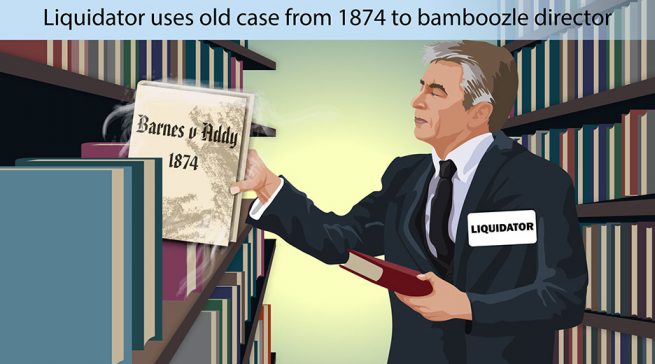
If a liquidator is appointed to an insolvent company, and believes assets have been depleted due to fraud, what can they do? Even if the crime of fraud can be proven, this does not necessarily aid the liquidator in recovering assets. Here we look at the option for liquidators to use the concepts of ‘knowing receipt’ and ‘knowing assistance’ established in the 19th century English case of Barnes v Addy to recover from third parties in cases of fraud. It is a difficult claim to defend because it is vague and open to broad interpretation when a director fails to keep adequate books and records before winding up.
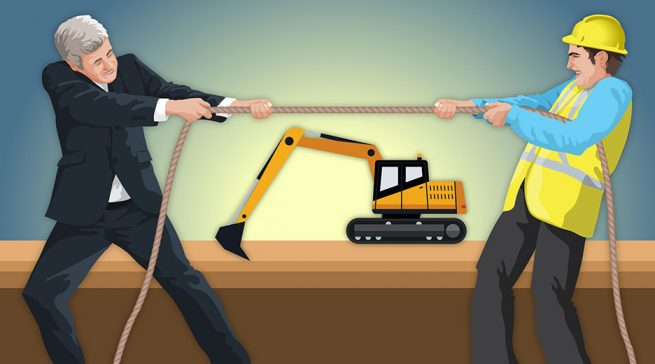
Many businesses supply goods to other businesses on credit. In many cases, this inventory is covered by a so-called ‘Retention of Title’ clause in favour of the supplier. Here we assess the consequences of liquidation on a Retention of Title claim, the impact of the Personal Properties Securities Act 2009 (Cth) and whether a liquidator might ever be permitted to ignore such a claim (the answer, generally speaking, is no – they cannot ignore it).
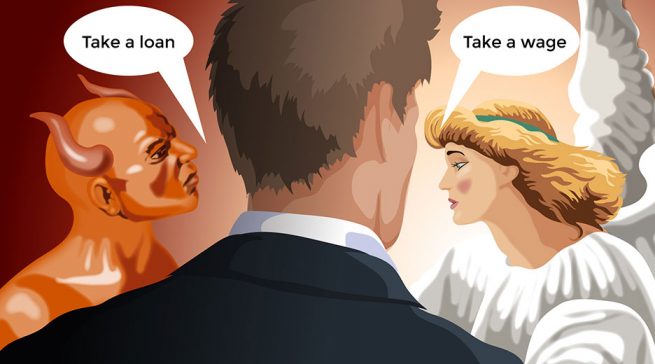
Directors often fail to pay themselves a salary before winding up. Instead, many small and medium-sized enterprise (SME) directors pay themselves throughout the lifetime of a company by withdrawing cash that is accounted for in a company loan account. In doing so, directors often seek to delay the payment of the income tax (PAYG) that they would have to pay if they drew a salary.
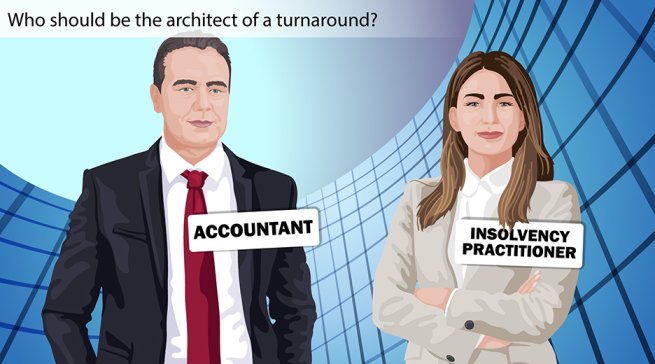
Small-to-medium sized business owners can’t effectively outsource the responsibility for driving a turnaround process when their business is in financial trouble. They can hire sensible staff and competent professional advisors but they are the only people with the incentive (skin in the game) and experience (because they started the business) to drive forward a turnaround process.

The dynamics of liquidations can quickly turn toxic. Directors initially see the liquidator as a savior from tax debts and creditor actions and then when the investigations begin the directors see the liquidator as their enemy.

In this article we explain when a transaction might be voidable under that section, how these transactions differ from another type of voidable transaction, uncommercial transactions, and how liquidators pursue claims under this section.

Liquidators have a set of powers under the Corporations Act 2001 (Cth) (the Act) known as ‘voidable transactions’ (sometimes also known as ‘avoidance provisions’), which allow the liquidator to ‘claw back’ certain transactions in the case of an insolvent winding-up.

Running a business can be tough and no matter how prepared you are, there will always be hurdles along the path. As such, recognising the type of problem that you’re dealing with is vital in determining what strategy should be implemented to respond to a financial crisis. A helpful starting point is to consider whether the problem is an inside problem or an outside problem.
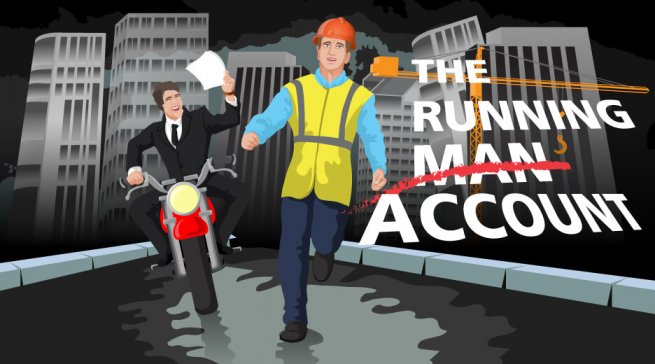
In insolvency, a liquidator sometimes seeks to recover money from a creditor on the grounds that the creditor has received an ‘unfair preference’ in a payment from the debtor company. Here we explain how the ‘running account’ principle can be used by a creditor to push back against a liquidator’s claim of unfair preference.

When your business is in trouble you often feel as though the end is inevitable. But even in the toughest of situations, there is often still options available.

What happens when a corporate trustee of a trading trust goes into liquidation? Here we look at the current state of the law and the uncertainty around the power of liquidators in this situation.